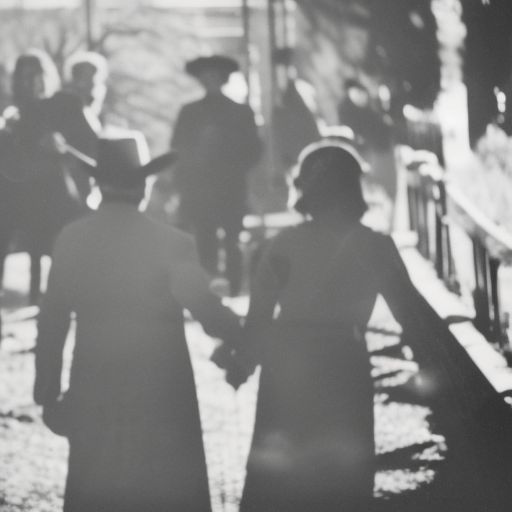Summary:
The Day of the Dead, or Dia de los Muertos, is a traditional Mexican holiday that honors and remembers deceased loved ones. Celebrated on November 1st and 2nd, it is a vibrant and colorful festival filled with music, food, and elaborate altars. The holiday has deep roots in indigenous beliefs and practices, combined with Catholicism brought by the Spanish conquistadors. It is a time for families to come together, remember their ancestors, and celebrate the cycle of life and death.
Origins and Beliefs:
The origins of the Day of the Dead can be traced back to pre-Columbian times when indigenous cultures in Mexico, such as the Aztecs, Mayans, and Toltecs, had rituals honoring the dead. These cultures believed that death was a natural part of life and that the souls of the deceased would return to visit their families during this time. The Spanish colonization of Mexico in the 16th century brought Catholicism, which merged with these indigenous beliefs to create the modern Day of the Dead.
Altars and Offerings:
Central to the Day of the Dead celebrations are the altars, or ofrendas, which are created in homes and cemeteries. These altars are adorned with photographs of the deceased, marigold flowers, candles, and their favorite foods and drinks. It is believed that the souls of the departed will be guided by the scent of the marigolds and the light of the candles to find their way back to their loved ones. Families also leave out personal belongings and mementos to honor and remember their ancestors.
Calacas and Calaveras:
Another prominent feature of the Day of the Dead is the use of calacas and calaveras, which are skeletal figures and skulls. These are often depicted in colorful and whimsical ways, symbolizing the joyous nature of the holiday. Calacas and calaveras can be seen in various forms, such as sugar skulls, clay figurines, and even as face paint. They serve as a reminder that death is not to be feared but embraced as a natural part of life.
Processions and Celebrations:
During the Day of the Dead, communities come together to participate in processions and parades. People dress up in elaborate costumes and paint their faces to resemble calacas. Music, dancing, and singing fill the streets as families make their way to cemeteries to clean and decorate the graves of their loved ones. It is a time of both solemn remembrance and joyful celebration, with food and drink being shared among family and friends.
Significance and Cultural Heritage:
The Day of the Dead is not only a time for honoring the dead but also for celebrating Mexican culture and heritage. It has been recognized by UNESCO as an Intangible Cultural Heritage of Humanity. The holiday has gained popularity beyond Mexico’s borders and is now celebrated in various parts of the world, particularly in areas with a significant Mexican diaspora. It serves as a way for people to connect with their roots, remember their ancestors, and celebrate the beauty of life and death.
In conclusion, the Day of the Dead is a vibrant and meaningful holiday that combines indigenous beliefs with Catholic traditions. It is a time for families to come together, remember their ancestors, and celebrate the cycle of life and death. The use of altars, calacas, and processions adds to the festive atmosphere, while also serving as a reminder of the importance of honoring and remembering those who have passed away. The Day of the Dead is not only a deeply rooted tradition in Mexico but also a celebration of Mexican culture and heritage that has gained global recognition.












